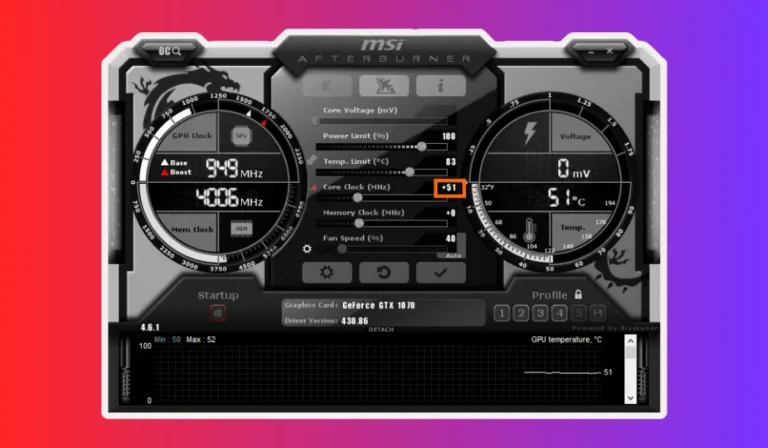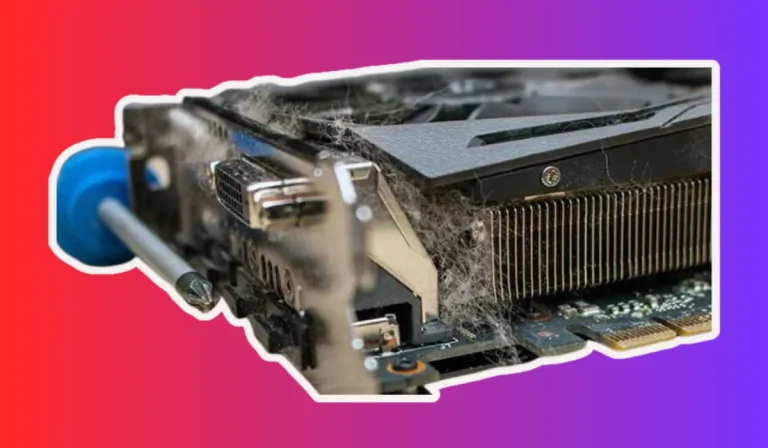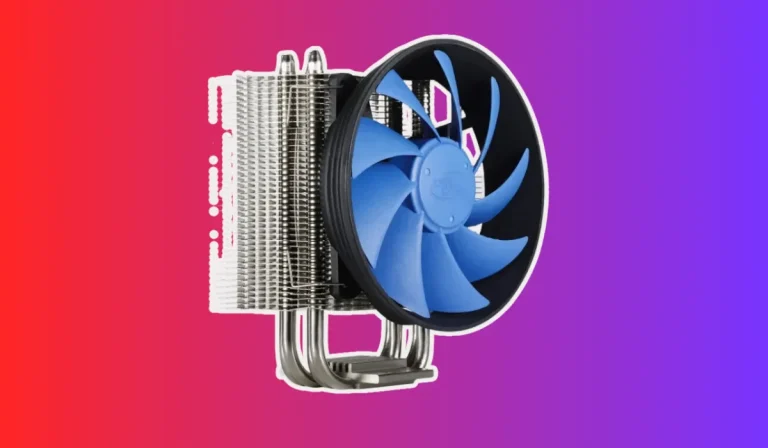How to Increase FPS in Intel HD Graphics?
Are you tired of experiencing sluggish gaming performance on your Intel HD Graphics? Don’t worry, we’ve got you covered! In this blog, we’ll explore easy and effective ways to boost your FPS (Frames Per Second) in Intel HD Graphics. Say goodbye to lag and hello to smooth gameplay! Let’s dive in and optimize your gaming experience.
Optimizing System Settings
When it comes to increasing FPS in Intel HD Graphics, optimizing your system settings can make a significant difference. By adjusting certain in-game settings, you can enhance your gaming performance and enjoy a smoother experience. Here, we will explore some key areas to focus on:
1. Resolution and Graphics Quality
One of the first things to consider is the resolution and graphics quality of your games. Lowering the resolution can lighten the load on your Intel HD Graphics, resulting in improved FPS. Additionally, reducing graphics quality settings, such as shadows and textures, can further boost performance without sacrificing too much visual appeal.
2. Anti-Aliasing and V-Sync
Anti-aliasing is a graphics feature that smooths out jagged edges, but it can be resource-intensive. Disabling or reducing anti-aliasing settings can free up GPU power and increase FPS. Similarly, V-Sync (Vertical Sync) can limit FPS to match the monitor’s refresh rate, which can cause input lag. Consider disabling V-Sync for a potential FPS boost.
3. Background Processes and Resource Allocation
Closing unnecessary background processes and applications can help allocate more system resources to your game. This can prevent any unnecessary strain on your Intel HD Graphics and allow it to focus on delivering better FPS.
4. Game-Specific Settings
Each game has its unique settings that can impact FPS. Take the time to explore and experiment with these options. Turning off features like motion blur or depth of field can provide a noticeable improvement in FPS.
Updating Graphics Drivers
Having up-to-date graphics drivers is crucial for a smooth and optimized gaming experience. Graphics drivers serve as the link between your computer’s operating system and your graphics card, ensuring that they work seamlessly together. We will delve into why updating your graphics drivers is essential:
Why Update Graphics Drivers?
1. Improved Performance: Updating your graphics drivers can lead to better overall performance, as developers often release driver updates to optimize compatibility with the latest games and software updates. By keeping your drivers up to date, you can enhance your gaming experience and enjoy smoother gameplay.
2. Bug Fixes and Stability: Outdated drivers can cause graphical glitches, crashes, and other stability issues. Updating your graphics drivers ensures that any known bugs or compatibility issues are addressed, providing a more stable and reliable gaming environment.
3. Compatibility: Games and software are constantly evolving, and developers optimize their products for newer driver versions. By updating your graphics drivers, you ensure compatibility with the latest releases, taking full advantage of their features and improvements.
How to Update Graphics Drivers?
Updating your graphics drivers is a straightforward process. Start by identifying the make and model of your graphics card. Visit the manufacturer’s website, such as NVIDIA or AMD, and locate the driver download section. Enter your graphics card details and download the latest driver specific to your operating system.
Before installing the new driver, it’s advisable to uninstall the old one to avoid any conflicts. Follow the installation instructions provided by the manufacturer to complete the process.
Using Performance Optimization Software
When it comes to boosting FPS in Intel HD Graphics, utilizing performance optimization software can be a game-changer. These tools are designed to streamline your system, maximize performance, and improve gaming experiences. We will explore how they can help:
1. System Cleanup and Optimization
Performance optimization software often includes features to clean up junk files, temporary data, and unnecessary background processes. By removing these cluttering elements, your system can run more efficiently, freeing up valuable resources for your Intel HD Graphics to utilize.
2. Driver Updates and Management
Some optimization software can also automatically update your graphics drivers, ensuring you have the latest versions installed. These tools can scan your system for outdated drivers, and download and install the appropriate updates, saving you time and effort.
3. Overclocking and Customization
Certain performance optimization software provides advanced features like overclocking, allowing you to push your Intel HD Graphics to its limits. However, it’s essential to exercise caution when overclocking, as it can generate additional heat and may require adequate cooling solutions.
4. Game Optimization Profiles
Many optimization tools offer preconfigured game profiles that automatically adjust settings for optimal performance. These profiles tweak graphics settings, resolution, and other parameters to ensure smooth gameplay without compromising visuals.
Before using performance optimization software, it’s crucial to research and choose a reputable and trustworthy tool. Look for software from well-known developers with positive user reviews to ensure a safe and reliable experience.
FAQ’s
1. Can overclocking improve FPS in Intel HD graphics?
Yes, overclocking can potentially improve FPS in Intel HD graphics. By increasing the clock speed of your graphics card, you can achieve higher performance. However, it’s important to note that overclocking may generate additional heat and require proper cooling solutions.
2. Does upgrading RAM affect FPS in Intel HD graphics?
Yes, upgrading your RAM can have an impact on FPS in Intel HD graphics. With more RAM, your computer can handle larger amounts of data, resulting in smoother gameplay. However, the impact may vary depending on the specific game or application you are running.
3. Will using performance optimization software help increase FPS in Intel HD graphics?
Yes, using performance optimization software can potentially increase FPS in Intel HD graphics. These tools can optimize system settings, clean up unnecessary files, and manage drivers, all of which can contribute to improved performance. However, it’s important to choose reputable software and ensure compatibility with your system.
4. Can upgrading to a dedicated graphics card improve FPS in Intel HD graphics?
Yes, upgrading to a dedicated graphics card can significantly improve FPS in Intel HD graphics. Dedicated graphics cards are specifically designed for gaming and offer much higher performance compared to integrated graphics. However, it requires installing the new graphics card and ensuring compatibility with your system’s power supply and other hardware components.
Conclusion
Boosting FPS in Intel HD graphics doesn’t have to be a complex task. By optimizing graphics settings, updating drivers, managing system resources, and considering hardware upgrades, you can enhance your gaming experience. Remember, a little tweaking can go a long way in unlocking the full potential of your Intel HD graphics.




